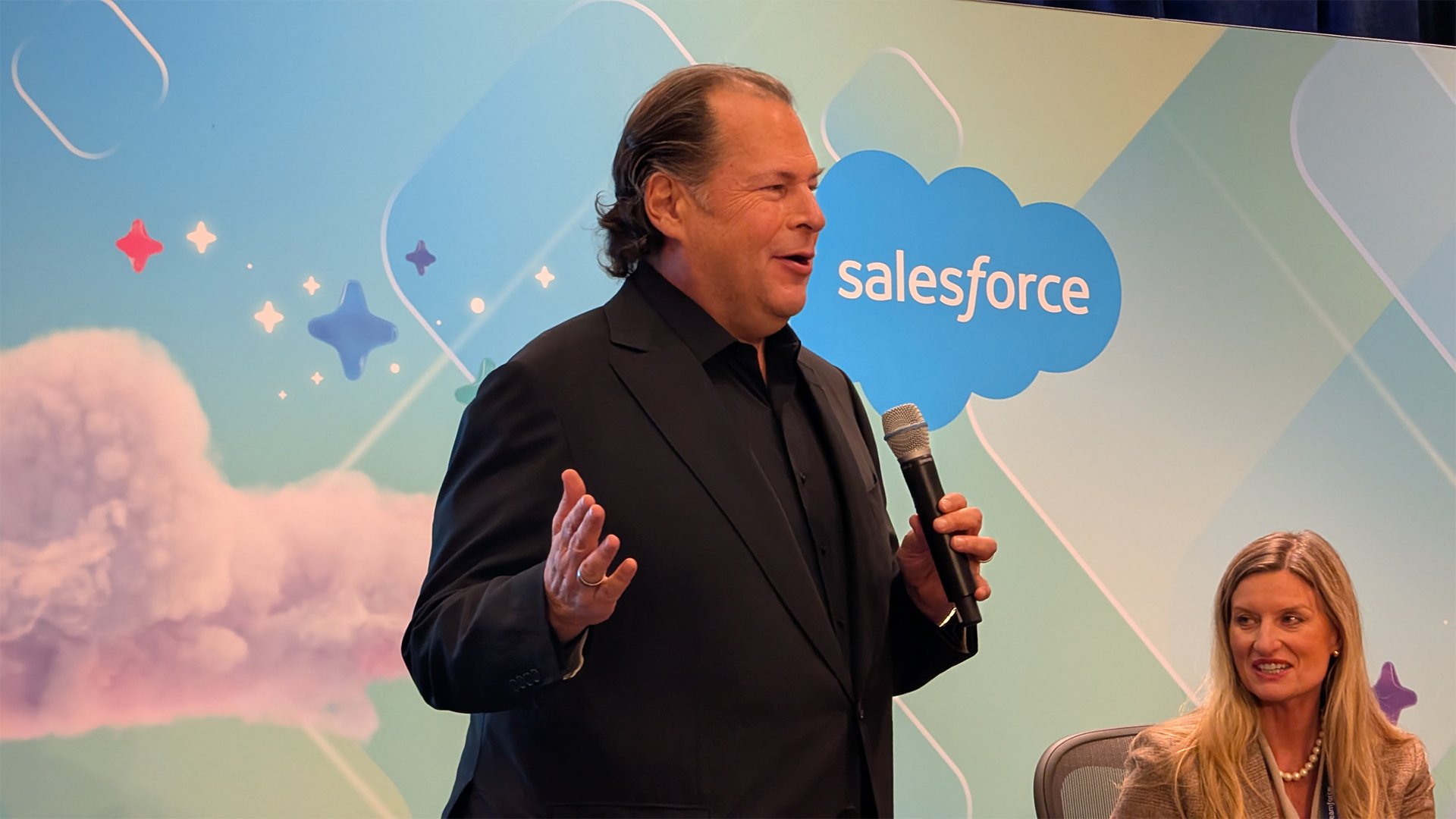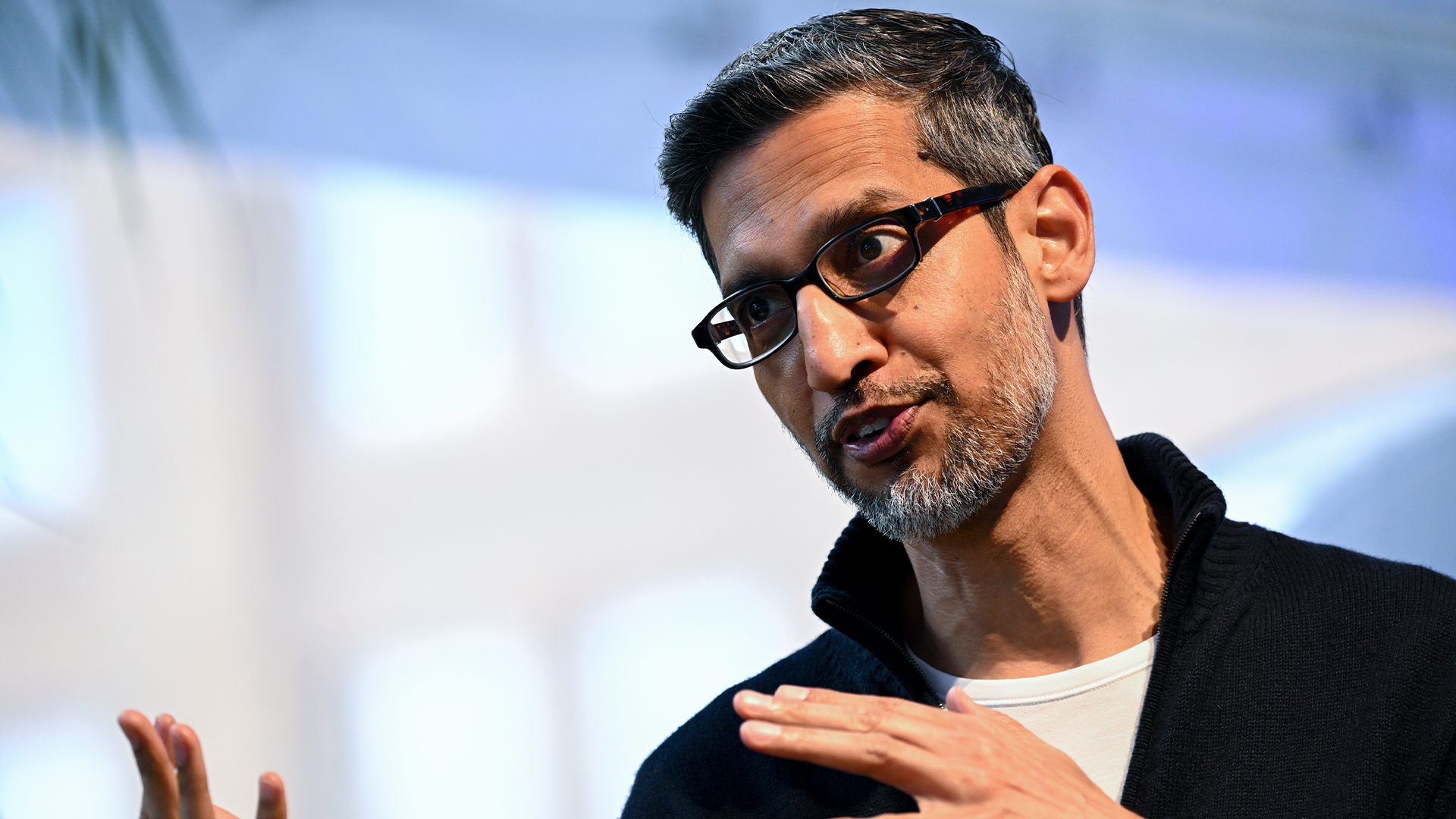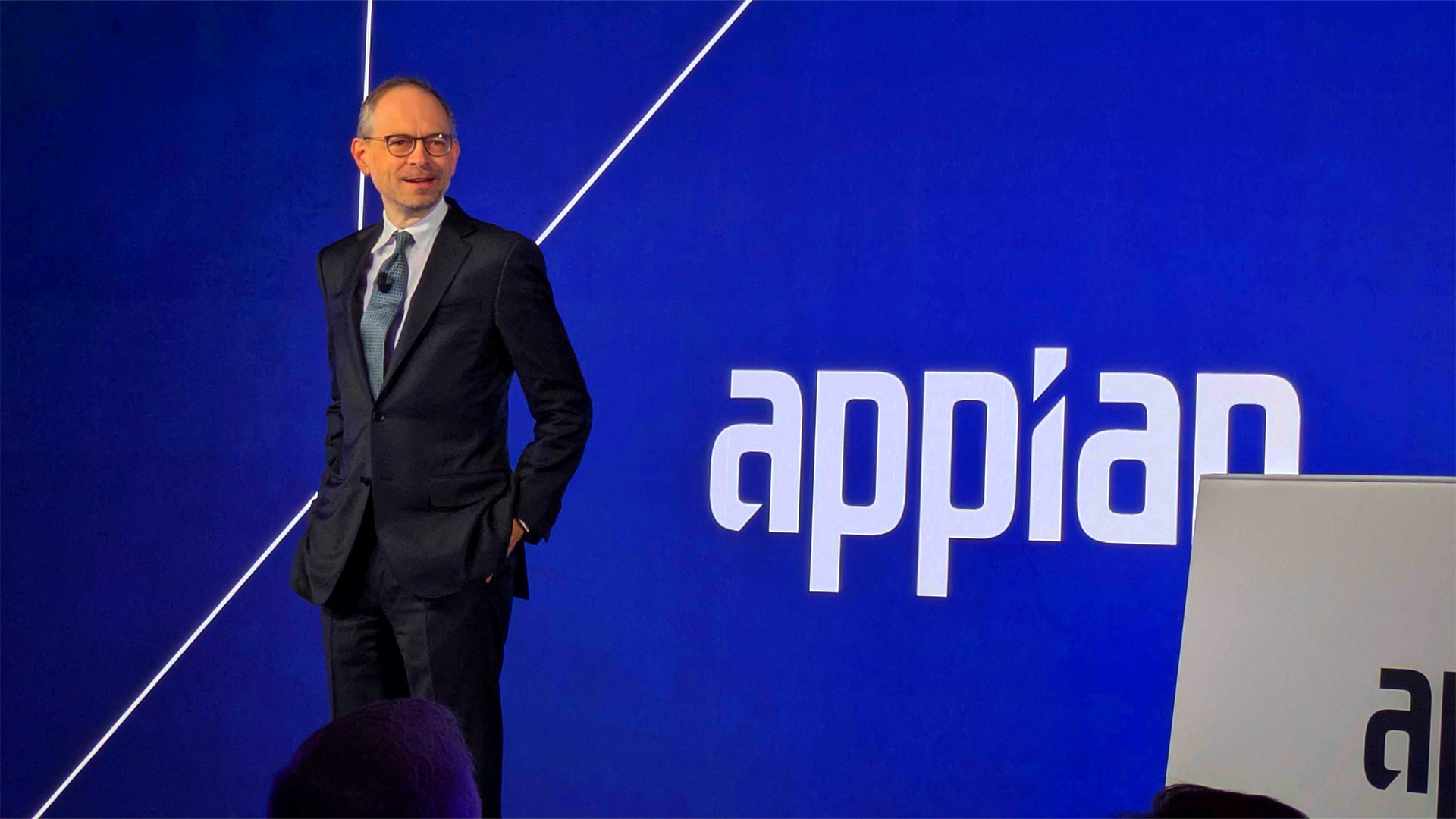Salesforce could become the king of enterprise AI – but only if customers believe in its potential
At Dreamforce 2025, Salesforce painted a believable picture for enterprise AI, but shareholders will only be reassured by greater business buy-in


It’s been a very busy week defined by Marc Benioff, Salesforce mascots, and Metallica – but Dreamforce 2025 has come to an end.
The annual conference, which has more than rebounded post-pandemic into a 50,000-strong festival of cloud and AI, showed no sign of slowing down in its 22nd year.
As I predicted ahead of the conference – though you didn’t need superintelligence to come to this heavily-trailed conclusion – Salesforce’s agentic AI platform Agentforce was the star of the show.
When Salesforce launched Agentforce a year ago, it signaled a hard turn into AI adoption that couldn’t have come too soon. Some commentators had proposed Salesforce could be at serious risk of conceding market share to AI-powered upstarts, forcing the CRM giant to respond with gusto to keep shareholders and customers onside.
Eleven months on, Salesforce’s future is looking more certain. Though there’s more to do – just 12,000 of the company’s 150,000 customers have adopted Agentforce so far – there’s a far clearer path to Salesforce becoming a dominant force in enterprise AI.
Slack is the Salesforce golden child
One of the standout announcements at the conference, in addition to the slew of new Agentforce features, was the increased use of Slack as an ‘agentic OS’ for Agentforce and other Salesforce data.
This means more agents, CRM tools, and customer data will be accessible via natural language in Slack alongside more personalized automation in the form of a spruced-up Slackbot. Slack has quickly moved from a simple jewel in the Salesforce crown to its most important customer-facing product.
Sign up today and you will receive a free copy of our Future Focus 2025 report - the leading guidance on AI, cybersecurity and other IT challenges as per 700+ senior executives
The positioning of the platform as an ‘agentic OS’ is crucial, as both a pillar of the firm’s AI strategy going forward and a concerted effort to make using AI far easier and more natural for businesses.
“I can understand the skepticism around the term but the reason I believe in it is if you think about an operating system, what it typically does is it will hide the complexity of the hardware or the back end from the end user,” explained Rob Seaman, chief product officer at Slack.
“And that's effectively what we're attempting to do with Slack which is like, let's obscure the complexity of all these different agents and apps from users with a simple interface.”
This is a canny move by Salesforce, which is moving to meet surging customer demand without exposing them to a bad experience that could erode their view of the platform. And make no mistake, the demand is there: Denise Dresser, CEO at Slack, told attendees that since the advent of LLMs and AI agents, Slack users have added almost 100,000 agents to the platform.
In 2025 alone, Slack has seen an 800% increase in the number of agents deployed, Seaman said.
If Salesforce can continue to meet this demand, it’s in an excellent position to unlock actual ROI for businesses – something of a holy grail, even three years into AI adoption.
With Slack available as a free tier, it’s an excellent hook for potential Salesforce customers. Take the example of GM, which has seen its 16,000 Slack users explode to 96,000 users over just the past nine months. The same pattern applied to a company that uses Slack but not Salesforce could see firms driven by FOMO into the arms of the CRM giant – to lucrative rewards.
Seaman acknowledged that rivals may be able to replicate Slack’s UI but said they couldn’t achieve the same responsiveness and overall intelligent features that the company had built up over time. It’s in this same pedigree that Salesforce is now putting so much stock.
Emin Gerba, chief architect at Salesforce, who was part of building the platform in the mid-2000s, told ITPro the extent to which different architectural layers are integrated within Salesforce has always been a strong selling point for the firm, with each layer – whether it’s data or AI – enhancing the other.
“I’d argue that we have a uniquely integrated platform and I think that’s a big advantage,” he said.
“Because all of the layers we talked about, we’ve integrated them – so you can think about data activation, which is seamlessly integrated with the semantic layer, which is seamlessly integrated with how you manage AI, which is integrated with how you manage agents.
“Which then are integrated into sales, service, marketing – where you people are doing work.”
Salesforce is casting a wide net
A key part of Salesforce’s AI strategy is its ability to provide customers with many different AI models – and it’s committed to an open approach with models from many of the major providers.
One of the more straightforward ways the firm telegraphed this throughout Dreamforce 2025 was bringing those AI partners up onstage: Benioff hosted fireside chats with Anthropic CEO Dario Amodei and Sundar Pichai, CEO at Alphabet.
The only conspicuous absence was to be found in OpenAI’s executive Sam Altman – though Brad Lightcap, COO at OpenAI, made a brief appearance during the opening keynote.
But just because Salesforce is being as open as possible at one end doesn’t mean that customers should expect the user experience to become watered down or needlessly complicated.
Seaman explained his team is working hard on ensuring that agents can be adopted in Slack en masse without causing unnecessary “noise” for end users. Indeed, the platform individually reviews each agent that’s added to its marketplace to ensure it doesn’t misuse user data or negatively impact the user experience.
In addition, each AI model that’s deployed within Slack is deployed within Slack’s AWS Virtual Private Cloud (VPC), ensuring that customer data is kept secure regardless of the model used.
The key is in the layer that Salesforce adds on top, both via Slack, its CRM offerings, and Agentforce itself. It’s the chief USP for Salesforce, which is playing its cards remarkably well.
Measuring success will be very simple for Salesforce at next year’s conference: it will be looking for that figure of 12,000 adoptees to have significantly increased. We’ll be checking back in for Dreamforce 2026 – and so will the firm’s stakeholders.

Rory Bathgate is Features and Multimedia Editor at ITPro, overseeing all in-depth content and case studies. He can also be found co-hosting the ITPro Podcast with Jane McCallion, swapping a keyboard for a microphone to discuss the latest learnings with thought leaders from across the tech sector.
In his free time, Rory enjoys photography, video editing, and good science fiction. After graduating from the University of Kent with a BA in English and American Literature, Rory undertook an MA in Eighteenth-Century Studies at King’s College London. He joined ITPro in 2022 as a graduate, following four years in student journalism. You can contact Rory at rory.bathgate@futurenet.com or on LinkedIn.
-
 Google CEO Sundar Pichai says vibe coding has made software development ‘exciting again’
Google CEO Sundar Pichai says vibe coding has made software development ‘exciting again’News Google CEO Sundar Pichai claims software development has become “exciting again” since the rise of vibe coding, but some devs are still on the fence about using AI to code.
-
 15-year-old revealed as key player in Scattered LAPSUS$ Hunters
15-year-old revealed as key player in Scattered LAPSUS$ HuntersNews 'Rey' says he's trying to leave Scattered LAPSUS$ Hunters and is prepared to cooperate with law enforcement
-
 Government CIOs prepare for big funding boosts as AI takes hold in the public sector
Government CIOs prepare for big funding boosts as AI takes hold in the public sectorNews Public sector IT leaders need to be mindful of falling into the AI hype trap
-
 Chief data officers believe they'll be a 'pivotal' force in in the C-suite within five years
Chief data officers believe they'll be a 'pivotal' force in in the C-suite within five yearsNews Chief data officers might not be the most important execs in the C-suite right now, but they’ll soon rank among the most influential figures, according to research from Deloitte.
-
 Big tech looks set to swerve AI regulations – at least for now
Big tech looks set to swerve AI regulations – at least for nowNews President Trump may be planning an executive order against AI regulation as the European Commission delays some aspects of AI Act
-
 Enterprises are cutting back on entry-level roles for AI – and it's going to create a nightmarish future skills shortage
Enterprises are cutting back on entry-level roles for AI – and it's going to create a nightmarish future skills shortageNews AI is eating into graduate jobs, and that brings problems for the internal talent pipeline
-
 Pax8 and Microsoft are teaming up to supercharge MSP growth
Pax8 and Microsoft are teaming up to supercharge MSP growthNews The new agreement includes integration between Pax8 and Microsoft Marketplace alongside a new OneCloud Guided Growth enablement initiative
-
 Gartner says ‘AI will touch all IT work’ by 2030, and admins face a rocky road to adapt
Gartner says ‘AI will touch all IT work’ by 2030, and admins face a rocky road to adaptAnalysis Training and reskilling will be critical for IT teams as an influx of AI tools transforms operations.
-
 Want to keep your job in the AI era? Start retraining now
Want to keep your job in the AI era? Start retraining nowNews Workers face critical decisions over the best way to upskill and retrain in the age of AI
-
 Appian wants to usher in the age of ‘serious AI’ where processes are automated in unglamorous places
Appian wants to usher in the age of ‘serious AI’ where processes are automated in unglamorous placesNews Founder and CEO Matt Calkin opens Appian Europe with the belief that we can do business automation better